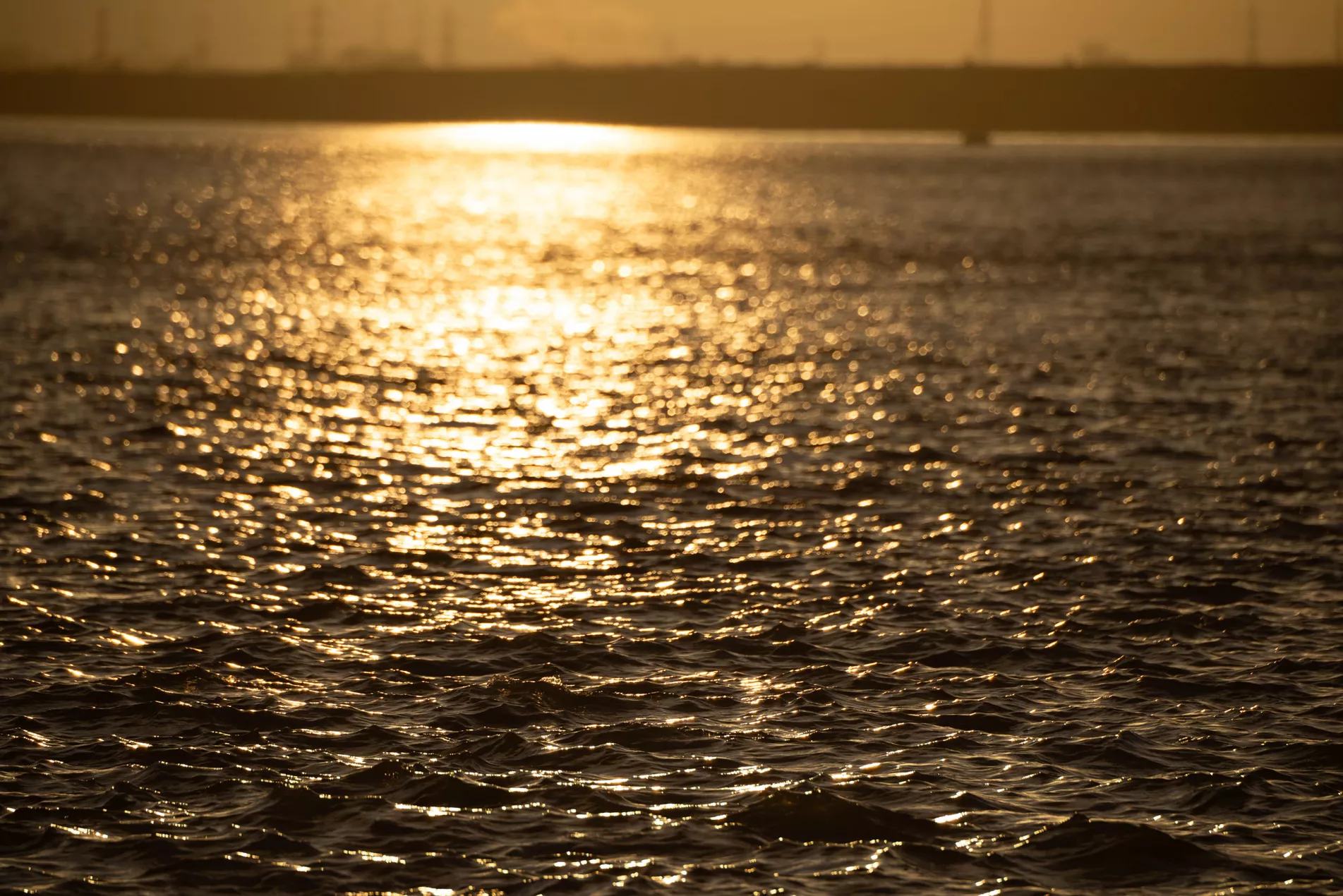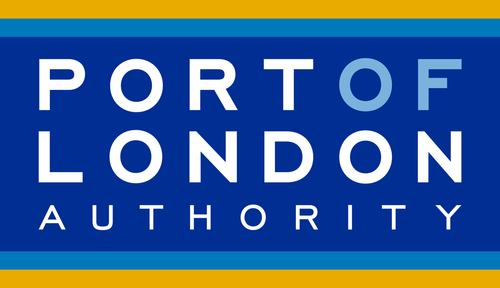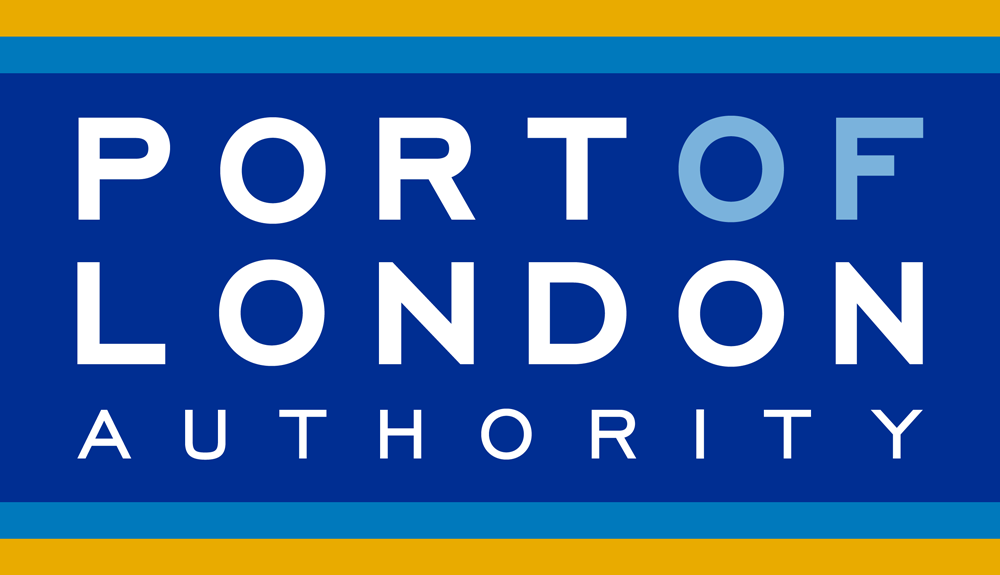Live Tides
NOTICES TO MARINERS
Charts & Surveys
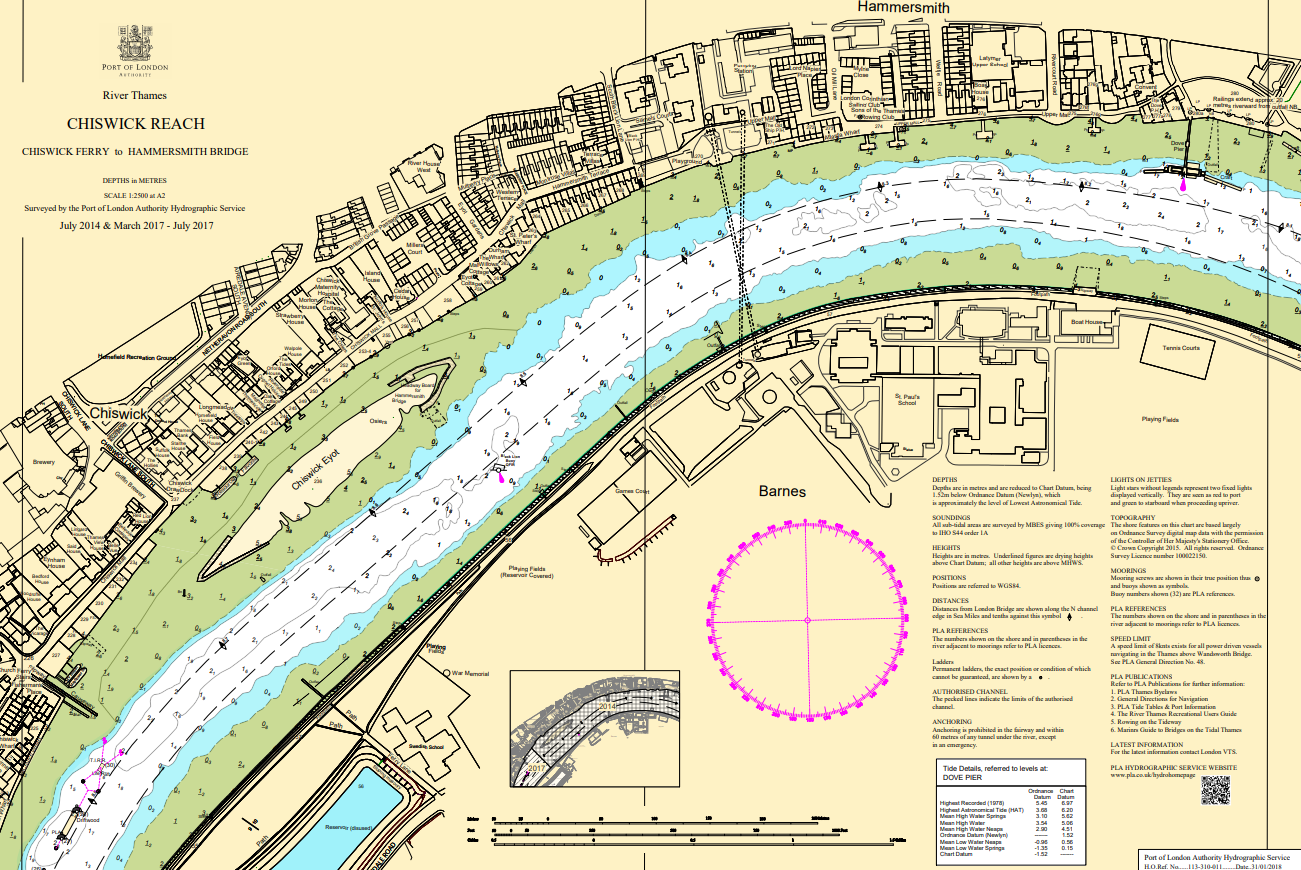
Incident reporting
Life-threatening emergencies on the river:
Call 999 and ask for the Coastguard
For near miss, safety observations and incident reporting click below
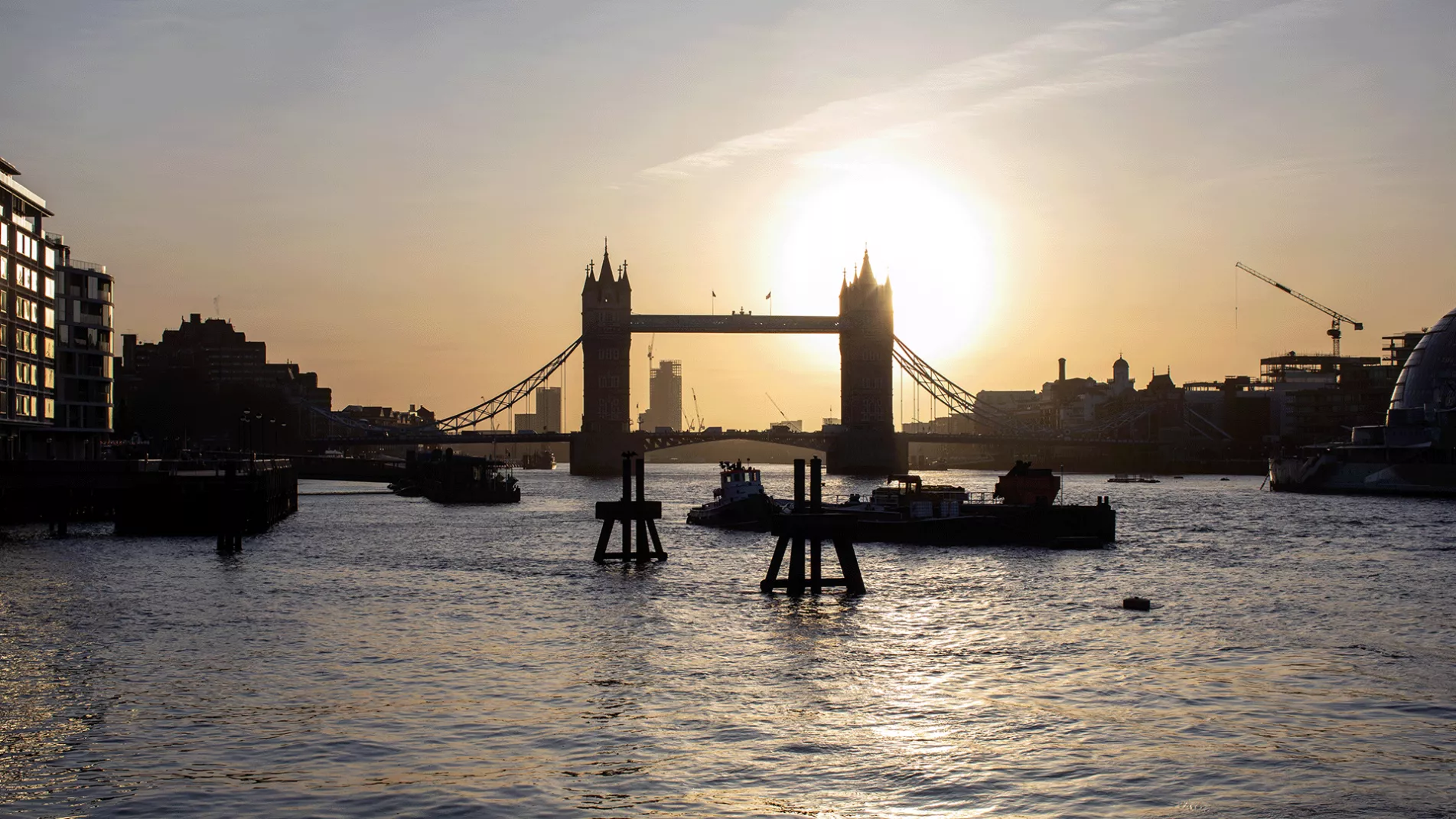
Prohibition of discharge of sewage to the Thames
Byelaw 49
Prohibition of discharge of sewage to the Thames
Both the Marine Strategy Framework Directive and Water Framework Directive have targets to improve water quality, including factors and pathogens attributed with discharge of sewage; such as minimisation of human induced eutrophication and E.Coli.
With actions in place by major projects like Tideway Tunnel which have been extensively studied and published, along with investment in water treatment plant improvements already being carried out along the river, the land source of sewage is being significantly reduced.
International calling vessels must comply with MARPOL and recreational users are being encouraged not to discharge by the Green Blue campaign love where you sail. The latter quantifies that one flush from a vessel is equivalent to 250,000 flushes through the sewage system. The Thames has been failing to meet Urban Waste Water Treatment Directive (UWWTD) standards and the government supports actions to improve the water quality, such as the Tideway Tunnel, however there are other smaller actions that river users can do to contribute to improvements.
PLA Byelaw 49 came into force on 1 January 2015. The Byelaw prevents the discharge of sewage into the Thames from specified vessels, consistent with the continuing improvement of the Thames environment, particularly with Thames Water's project to stop the discharge of untreated sewage into the river, and brings the Thames into line with a number of other UK harbours and inland waterways.
Black water
For the purposes of this byelaw, sewage refers to faeces and urine plus any water associated with them. In some circumstances, sewage from vessels is known as "black water".
The full text of the Port of London Authority Byelaw 49:
49 (2012). DISCHARGE OF SEWAGE INTO THE THAMES
49.1 The owner of:
- a vessel licensed under section 124 of the Act or
- a houseboat
must, from 1 January 2015, ensure that no sewage is discharged into the Thames.
49.2 In this byelaw “houseboat” means any vessel (other than a ship registered under the Merchant Shipping Act 1995 or any vessel usually used for navigation) which is used primarily as a place of habitation, or as a place for accommodating or receiving persons for the purposes of shelter, recreation, entertainment or refreshment, or as club premises or offices, while it is moored.
Under all byelaws emergency failure can be considered by the Harbour Master at the time.
General Direction 10
Discharge of Sewage into the Thames
General Direction 10 was introduced in 2021 and prohibits all commercial vessels in the Thames from discharging sewage into the river. These regulations accompany the current PLA Byelaw 49, which came into force in 2015, preventing the discharge of sewage in the Thames from houseboats and workboats.
General Direction 10 will become live on 1st July 2024, following which the PLA are seeking to understand the plans for compliance of vessels on the river. There are a range of benefits available to operators who are compliant with the new regulations including discounts on annual port dues. To claim these benefits, operators are asked to provide us with suitable evidence of compliance with the General Direction. This webpage provides guidance on the suitable evidence that must be submitted to the PLA by a vessel operator to demonstrate compliance with the General Direction.
The full text of the Port of London Authority General Direction 10:
10 DISCHARGE OF SEWAGE INTO THE THAMES
10.1 From 1 July 2024, all commercial Vessels must ensure that they discharge no sewage into the Thames.
10.2 Vessels certificated in accordance with the Merchant Shipping (Vessels in Commercial Use for Sport or Pleasure) Regulations 1998 which only Occasionally navigate within the Thames are exempt from General Direction 10.1.
Guidance to Evidencing Compliance to General Direction 10
On-Vessel Compliance Evidence
1. Sewage Holding Tanks
If an operator has installed sewage holding tanks on their vessel, they can supply one of the following documents to the PLA to demonstrate compliance:
- Proof of MCA Surveyors Report including review of a new sewage tank
- Invoice/ certificate from manufacturer for tanks and retrofitting.
- For PLA licensed vessels: PLA Certificate of Survey (in relation to the Thames Freight Standard)
2. Compost/ Cassette Toilet
If an operator has installed compost toilets on their vessel, they can supply the following information to the PLA to demonstrate compliance upon request:
- Written confirmation of the intended disposal site for material used within the compost toilet.
- Details of the material removed from the compost toilet, including but not limited to any waste transfer notes.
3. On-Board Sewage Treatment Plant
There are several small-scale treatment units available for use on boats that will treat sewage. The treatment unit must comply with the standards set out in the Marine Environment Protection Committee resolution MEPC 227 (64) Annex 22. The sewage treatment plant system must also be installed, operated and maintained in accordance with the manufacturer’s specification. This includes periodically removing waste sludge (to be done by an authorised person and disposed of to an appropriate facility and not to the river).
If an operator has installed an on-board sewage treatment plant on their vessel, they can supply the following information to the PLA to demonstrate compliance:
- Certificate of Type Approval by the Administration for the treatment system along with routine testing and maintenance records as set out under MEPC 227 (64).
Pump-Out Compliance Evidence
Installation of a tank will require the sewage to be pumped out to a suitable facility.
1. Pump out agreement with sewerage company
Vessel operators wishing to pump out sewage directly to the sewer would be required to contact the appropriate sewerage undertaker for permission to discharge.
If an operator has chosen to pump out their sewage directly to the sewer, they can supply the following information to the PLA to demonstrate compliance upon request:
- Permit to discharge agreement between operator and sewerage undertaker including expiry.
2. Pump out agreement with third-party provider
Vessel operators wishing to utilise a third-party pump out service on the river should supply one of the following documents to the PLA to demonstrate compliance upon request:
- Details of pump out service contract including supplier and start/ expiry date of contract.
- Details of the waste removed, including but not limited to any waste transfer notes and receipts from service providers.
Other evidence
If you are unable to provide the evidence listed within this document, but feel you are operating in a compliant way, please contact us to discuss your specific situation on [email protected]
If you require further information prior to submitting your evidence, please contact the PLA team at [email protected]
Grey Water
Byelaw 49 and General Direction 10 applies only to Sewage (also known as black water), but the discharge from your sinks (also known as grey water) can also have a detrimental effect on the environment.
We recommend that only phosphate-free detergents are used and advise that you use environmentally sensitive washing products where possible.
If possible, re-plumb wastewater systems so that both grey and black water are diverted to the holding tank and then disposed of by one of the methods outlined below.
Options to Comply
1. Use Shore Facilities
Where practical, use shore facilities.
2. Plumb to sewer
We advise that any vessel occupier wishing to discharge to sewer contact the appropriate sewerage undertaker for your area (see our useful links tab).
3. On-board treatment
There are a number of small scale treatment units available for use on houseboats that will treat sewage.
If you are considering installing such a treatment unit, you should comply with the following requirements (from EA General Binding Rules on Registration of Small Sewage Discharges):
Requirements:
- All works and equipment used for the treatment of sewage effluent and its discharge must comply with the relevant design and manufacturing standards (ie the British Standard BS EN 12566-3) that was in force at the time of the installation, and guidance issued by the appropriate authority on the capacity and installation of the equipment.
- The sewage must receive treatment from a sewage treatment plant before being discharged.
- The sewage treatment plant system must be installed, operated and maintained in accordance with the manufacturer’s specification. This includes periodically removing waste sludge (to be done by an authorised person and disposed of to an appropriate facility and not to the river).
- The discharge from a sewage treatment plant must not cause pollution of surface water or groundwater.
- For discharges from a sewage treatment plant in tidal waters, the discharge outlet must be below the low water mark.
- Maintenance of the sewage treatment plant must be undertaken by someone who is competent.
- The owner must ensure a sewage treatment plant system is appropriately decommissioned where it ceases to be in operation so that there is no risk of pollutants entering the river.
- If a vessel is sold, the owner must give the new owner a written notice stating that a small sewage treatment plant is present, giving a description of the waste water system and its maintenance requirements.
- New regular discharges from a sewage treatment plant in a fixed location may need further assessment if in, or within 500m of, a Special Area of Conservation (SAC), Special Protection Area (SPA), Ramsar site, biological Site of Special Scientific Interest (SSSI), aquatic local wildlife site, freshwater pearl mussel population, designated bathing water, protected shellfish water or within 50m of a chalk river.
- New discharges from a sewage treatment plant must be made to a watercourse that normally has flow throughout the year.
Treatment plants are also available from MARPOL Standards. These will be accepted for house boats - see passenger boats tab.
Much guidance for small sewage treatment plants is for land-based applications but contains some information that may be relevant to design of plants for vessels. See our useful links tab.
4. Compost / Cassette Toilets
Compost Toilets separate solid and liquid waste so that the solid waste breaks down under aerobic conditions to 10-30% of its original volume. The liquid element is still "sewage" and must not be discharged to water or within 10m of a watercourse. A large advantage of compost toilets is that they do not consume water.
There are currently no British or European Standards covering Composting Toilets. The Environment Agency Pollution Prevention Guideline Number 4 (PPG4) on treatment and disposal of sewage where no foul sewer is available noted that the fluid fertiliser (urine) and dry compost (faecal matter broken-down under aerobic conditions) should not be discharged to a watercourse. Although this Guidance Note has been withdrawn (as the EA no longer provide "good practice" guidance) the requirements set out within the document should still be followed.
We recommend that you read the Environment Agency position statement on using composting toilets and the resulting compost. See our useful links tab.
Cassettes should only be emptied into a designated disposal point.
5. Install tank and routinely pump-out to a suitable receiver
Installation of a tank will necessitate this being pumped out to a suitable facility.
We have provided a list of commercial sources of information and commercial providers of pump-out facilities. Provision of this information does not imply endorsement.
Workboats, tugs and multi-cats currently under the licence of the PLA (Section 124 of the Port of London Act 1968 (as amended)), have a number of options as to how to remain compliant. Under the proposed amendment, other commercial vessels not under international rule or Sec124 could also use these options.
1. Compost / Cassette Toilets
Compost Toilets separate solid and liquid waste so that the solid waste breaks down under aerobic conditions to 10-30% of its original volume. The liquid element is still "sewage" and must not be discharged to water or within 10m of a watercourse. A large advantage of compost toilets is that they do not consume water.
There are currently no British or European Standards covering Composting Toilets. The Environment Agency Pollution Prevention Guideline Number 4 (PPG4) on treatment and disposal of sewage where no foul sewer is available noted that the fluid fertiliser (urine) and dry compost (faecal matter broken-down under aerobic conditions) should not be discharged to a watercourse. Although this Guidance Note has been withdrawn (as the EA no longer provide "good practice" guidance) the requirements set out within the document should still be followed.
We recommend that you read the Environment Agency position statement on using composting toilets and the resulting compost (see useful links tab).
Cassettes should only be emptied into a designated disposal point not into the Thames or other watercourses.
2. Install tank and routinely pump-out to a suitable receiver
Installation of a tank will necessitate this being pumped out to a suitable facility.
We have provided a list of commercial sources of information and commercial providers of pump-out facilities. Provision of this information does not imply endorsement.
3. Treatment
There are small treatment facilities that may be applicable for larger workboats, tugs and multicats, especially if tanks are available. The smallest system deals with 2000 litres in a day and can fit in the same space as a washing machine would need (see treatment information in passenger boats tab).
1. Capacity calculations
Methods to reduce the volume:
- use of Vacuum toilets reduced the volume by up to 50 litres per person per day.
- splitting grey water from black water can make similar reductions in volume required for storage and pump out durations.
2. Storage and Pump Out
More details on pump out facilities are available here.
3. Treatment
PLA General Direction 10 states that the discharge of untreated sewage is not permitted, as such both storage and on board treatment are both possible routes to maintain compliance by operators.
The Port of London Authority has considered evidence from the IMO and US Coast Guard standards and how they have been applied elsewhere. There has also been a review of the available technology to meet both standards to make sure that these are available for installation in inland vessels on the Thames.
The most appropriate standard, where infrastructure is available, for vessels to meet compliance is the technical requirements set out in the Marine Environment Protection Committee resolution MEPC 227 (64) Annex 22. Many systems available will state if they are compliant to this standard.
The Resolution also sets out testing requirements. There will also be an expectation of regime self-testing that should be integrated into any SMS documentation and records should be available to view during surveys or investigations by the relevant authorities.
Once treated in compliance with the resolution, the resultant discharge can then enter the Thames.
Operators interested in providing a sewage-away or pump-out service should be aware of the following:
- The Thames Freight Standard – relevant licence for the vessel and appropriately trained staff.
- The SMS / Operating Plan must demonstrate measures are in place (and followed) to prevent the spill of sewage into the river or to land.
- Other permits / licences / consents may be required from local councils and from the Environment Agency. It is your responsibility to ensure you hold all required consents.
- You should ensure you are registered as a waste carrier with the Environment Agency to carry waste.
The Green Blue:
List of pump out facilities on the Thames
Small sewage treatment plants:
British Water Guidance
Septic tanks and sewage treatment plants: what you need to do
Small sewage discharges in England
Sewerage undertakers:
Contact details for all water companies can be found at the OFWAT website.
Environment Agency:
Non-tidal Thames User Guide
Canals and River Trust:
Sewage disposal points
Boating facilities
Discover
